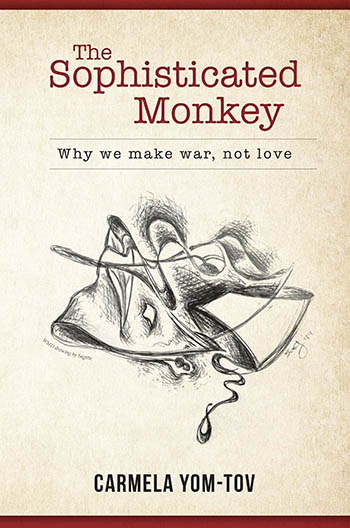The People's Cuisine |
Colin Bannerman |
Origins of Australia's cookery
The past two centuries have witnessed a dramatic transformation in the place of food and eating in the Australian public consciousness, from the essentials for survival to personal hobby, lifestyle and public entertainment. Culture is a product of communication; the key to understanding the transformation is the record of public conversations about food and cooking. The conversations are found in the records of early European settlers, newspapers and magazines, and electronic and social media. The voices are those of regulators, celebrity chefs, cookery teachers, purveyors of food and kitchen appliances, journalists and consumers. The people asserted their preferences through newspaper correspondence columns, contributed recipes and community cookery books. Communication explains why Australian cookery remained stubbornly British for a century and a half, why it turned multicultural and how it emerged as a defining feature of popular culture.
 |
About the Author
|
Colin Bannerman was born in Kempsey, New South Wales. His extended family had farmed in the district for four generations. His parents were among those who had left the farm for a better life in town. As a teenager, his chief interest was science, followed at some distance by music and food. He left home at sixteen to study science at the University of Sydney. The urge for financial independence (he was already unofficially engaged to a fellow student), took him to Canberra ‘for a few years’ to work in the public service. Those few years developed into a career in the senior ranks of the bureaucracy. Along the way, he studied business administration at the University of Melbourne. He celebrated the end of the ‘few years’ with a doctorate in communication (University of Canberra).
Canberra’s social life provided plenty of opportunities for turning a general interest in food and dining into practical kitchen skills. In the 1960s French cuisine was still regarded as the gold standard, so he started with that, then gradually explored the great neighbouring cuisines. As a cook, his culinary world view is firmly centred in the Mediterranean; as an aristologist, his enthusiasm is global. Looking back, he can see that his emergence as a boy cook and the transformation of his tastes from simple country food cooked in the British fashion to thoroughly cosmopolitan and multicultural mirror the experiences of many Australians. Were they products of the spirit of the times or did they help to shape it? That is the problem with Zeitgeist.
The chance acquisition of a 1909 Australian cookery book prompted him to start collecting others like it—and, eventually, to write this book. He was Contributing Editor (Food and Wine) for Canberra’s monthly arts magazine, Muse (later Artlook), from 1999 to 2005. He was also an occasional writer for the food and wine section of the Canberra Times.
Other publications include:
A Friend in the Kitchen: Old Australian Cookery Books. Kenthurst, NSW: Kangaroo Press, 1996.
Seed cake and honey prawns : fashion and fad in Australian food. Canberra: National Library of Australia, 2008.
 |
What's Inside
1. Making history
2. An empty plate?
3. Bush tucker magic
4. The Australian character
5. Culture and Communication
6. The cook’s press
7. The periodical press
8. The quality press
9. The popular press
10. An Australian cookery book
11. Of the making of cookery books
12. The art of living in Australia
13. Coming of age
14 The persuaders
15 The reformers
16. Teaching Australians to cook
17. Art or science?
18. A brighter day.
19. Making a food culture
|


